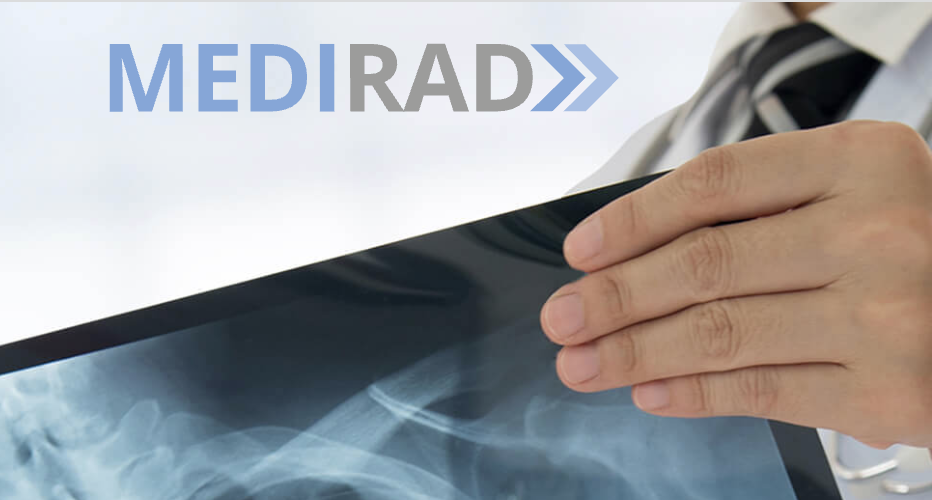The recommendations draw from research conducted throughout the EU-funded project and from a sustained dialogue with over 80 stakeholder organisations.
“We brought together radiological and clinical research teams from 14 European countries in order to enhance the scientific knowledge and improve the radiation protection of patients and staff in the clinics,” explains Elisabeth Cardis, researcher at ISGlobal, Spain, and scientific coordinator of the project.
“MEDIRAD was designed to have direct impact on the radiological safety of European patients undergoing radiation-based medical procedures,” adds MEDIRAD clinical coordinator Guy Frija, from the Université Paris Descartes, France.
Over almost five years, the 34 project partners worked on three main areas.
First, to improve the way radiation doses delivered to different organs are estimated and registered, in order to optimise the benefit to risk ratio of these procedures.
Second, to better evaluate and understand the effects of medical exposure to radiation, focusing on two procedures of public health relevance: breast cancer patients treated with radiotherapy and children undergoing CT scans.
Third, to develop science-based policy recommendations for the effective protection of patients and medical workers.
The priorities were grouped into four major topics:
- consolidating patient data repositories across Europe;
- optimising radiation-based protocols for diagnostics and therapy;
- further optimising radiation protection for patients and staff;
- guiding future radiation protection research in Europe.
For each topic, a series of overall recommendations are provided, together with an explanation of why they are relevant, how to implement them, and the audiences concerned.
“Work conducted throughout the project has provided proof of concept on the feasibility of implementing these recommendations,” says Monika Hierath, project coordinator at the European Institute for Biomedical Imaging Research (EIBIR), Austria. “Now we invite the different stakeholders – policy makers, regulators, medical societies, patient associations, clinicians, researchers and industry - to take these recommendations into account for guiding future actions,” she adds.
To download the recommendations documents, click here.
